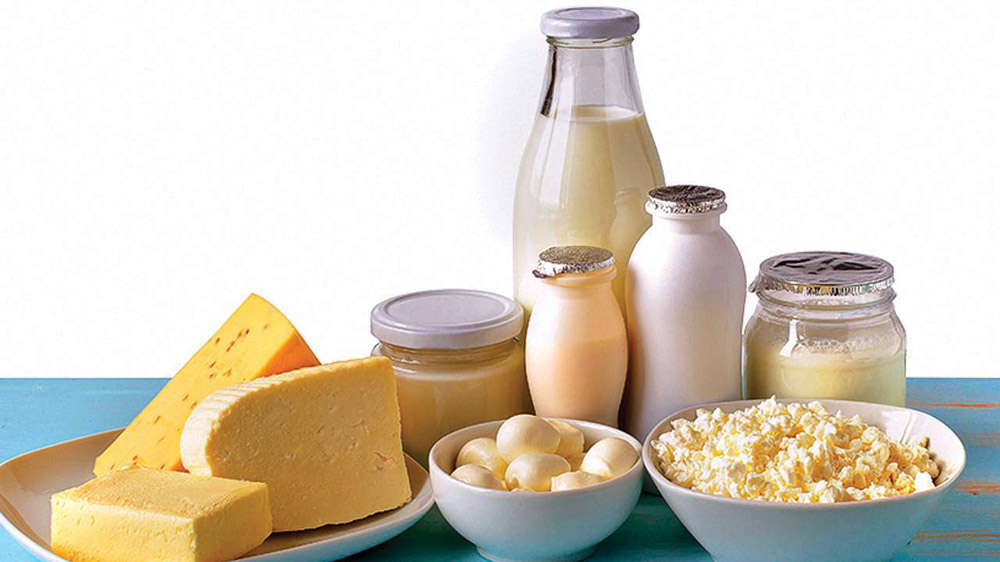Manju Singh and 8 colleagues from universities in India reported on tests for MAP in a variety of dairy products purchased from retail stores. Their publication (16 pages with 55 references) appears in the August 2020 issue of the Journal of Experimental Biology and Agriculture Science (JEBS). All the articles published by JEBAS Open Access.

Abstract
Twelve types of milk products belonging to 22 market brands were purchased from local shops in South Uttar Pradesh and were screened for the presence of Mycobacterium avium subspecies paratuberculosis (MAP) as major contaminant using six tests (microscopy, Indirect Fluorescent Antibody Test, IS900 PCR, Indigenous Enzyme linked Immuno Sorbent Assay, dot_ELISA, and Latex agglutination Test). Sample positive in any one of the six tests was considered as positive. Of 276 milk products screened, the cumulative bio-presence of MAP was, 52.8% (146) and was highest in butter (75.0%), followed by curd (66.0%), buttermilk (52.9%), lassi (50.0%), cheese (40.0%) and ice-cream (28.5%). Bio-typing of MAP DNA from milk products using IS1311 PCR_REA revealed presence of ‘Indian Bison Type’ as a major biotype. Kappa (0.700 – 0.815) and two-tailed p (<0.0001–1.0) values for six tests were significant for all six tests. This study for the first time revealed large scale contamination of ‘milk products’ marketed by leading commercial brands in India, with MAP bacilli and therefore not safe for human consumption.

Comment: Some of the assays used in this study measured the presence of antibodies against MAP, not the organism. However, by IS900 PCR, samples of curd, butter, ice cream, butter, and cheese were all found positive at rates ranging from 6.0% to 13.8%. None of the assays used could determine if the MAP that was detected was alive. Regardless, it indicates that MAP is spilling over from domestic animals into the food supply. This Wikipedia link describes Indian dairy products.